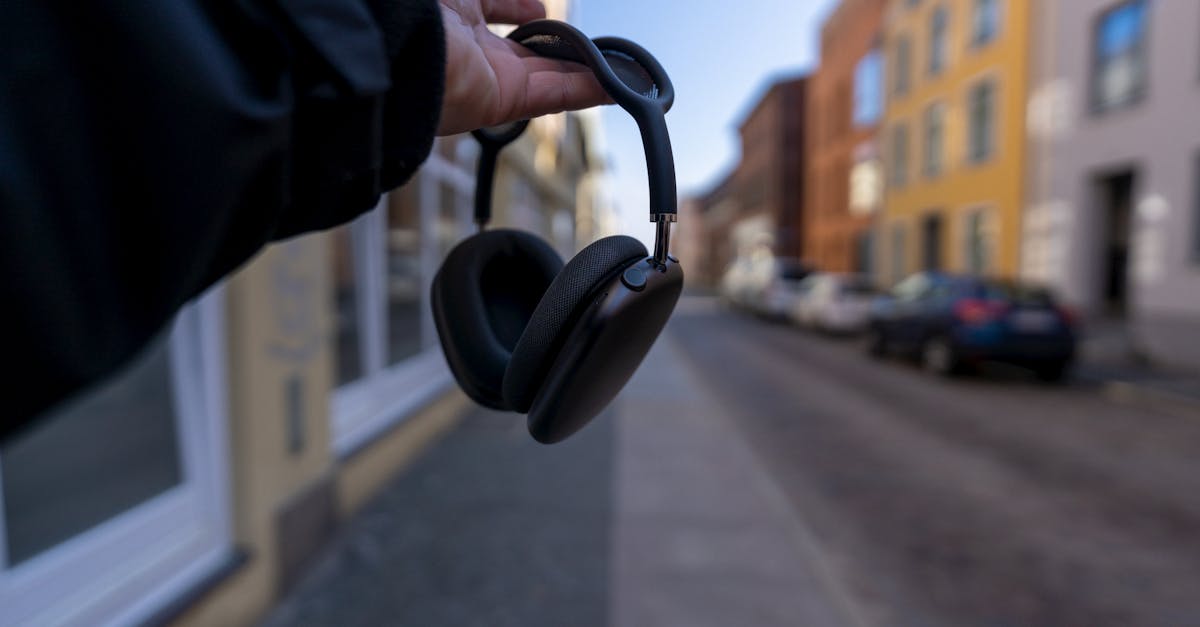Urban Vibrations Charting The City Soundscape
Introduction
In the hustle and bustle of a city, sound is an omnipresent force that weaves the fabric of urban life. From the gentle hum of traffic to the harmonious songs of urban birds, cities are alive with noises that tell countless stories. These auditory elements shape our experiences and provide a distinctive character to each metropolis. But beyond the superficial din lies a complex soundscape that reflects cultural, environmental, and technological evolutions. As urban areas continue to expand, understanding and preserving these sonic dimensions becomes crucial. This article will explore how city soundscapes are charted, their significance, and the intriguing ways they impact our lives.
Advertisement
The Nature of Urban Soundscapes
Urban soundscapes consist largely of both natural and human-generated sounds. The interplay between these elements creates a unique auditory environment characteristic of each city. Natural sounds might include birds chirping, wind rustling through trees, or a distant river flow. Meanwhile, city life exudes artificial sounds such as honking cars, construction noises, and bustling markets. The mix of these sounds provides an aural identity, continuously evolving with environmental and societal change. These soundscapes offer a reflection of the local culture and lifestyle, helping residents and visitors alike connect with their surroundings.
Advertisement
Cultural Influence on City Sounds
While geographical factors contribute to soundscapes, cultural influences weave an intricate layer into the auditory narrative. Every city houses unique cultural elements, such as local markets, street performances, or religious ceremonies, which inject a vibrant rhythm into the daily sound palette. Festivals and parades further amplify cultural identity, filling the air with music, laughter, and song. Soundscapes bring forth auditory snapshots of tradition and modernity, creating a bridge between past and present, allowing rich histories to resonate through time. By charting these acoustics, urban planners can preserve heritage while fostering community identity.
Advertisement
Technological Noise Evolution
As technology permeates everyday life, urban soundscapes undergo continuous transformation. The hum of electric cars, alerts from smart devices, and footsteps of robotic delivery vehicles herald the onset of a technological epoch in city sound. Though innovative, these changes present challenges. The growing buzz of technology competes with traditional sounds, risking the loss of historical acoustic elements. Efforts to balance technological progress with cultural preservation are pivotal. By doing so, cities can create harmonious atmospheres where old and new sounds coexist symmetrically.
Advertisement
Impact on Well-being
Soundscapes influence urbanite well-being in profound ways, affecting emotional, psychological, and physical health. Excess noise can lead to stress, sleep disruption, and cognitive challenges. Conversely, harmonious sound environments can evoke relaxation, creativity, and productivity. Green spaces, offering tranquil breaks through nature’s sounds, have become more valued in urban planning. By understanding the role of sound, city officials aim to enhance quality of life and promote environments conducive to personal and collective well-being. Effective sound management could lead to smarter, healthier, and more livable urban spaces.
Advertisement
Charting and Analyzing City Sounds
Charting urban soundscapes involves capturing, quantifying, and analyzing the sounds permeating an area. Advances in acoustic technology allow for precise sound mapping, helping planners identify noise pollution sources or preserve acoustic heritage. Sound sensors placed across cities collect data, providing insights into the daily rhythm of urban life. This information aids in strategic planning, fostering environments that balance utilitarian and emotional needs. By plotting these sounds, cities develop tailored approaches to managing urban noise and preserving the allure of their inherent sonic mosaics.
Advertisement
The Role of Artificial Intelligence
Artificial intelligence (AI) plays an increasingly prominent role in analyzing and managing city sounds. AI algorithms can detect and classify noises, discerning between construction work and bird chirps, leading to more accurate sound mappings. Machine learning aids in predicting how soundscapes might evolve with urban development. Moreover, AI offers innovative solutions in noise mitigation—implementing sound barriers or green roofs in high-noise areas to create quieter urban refuges. With its profound analytical skills, AI facilitates smarter sound planning, heralding a future where cities are both audibly and aesthetically appealing.
Advertisement
Community Engagement in Soundscaping
Communities stand at the core of creating city soundscapes. Encouraging local participation in soundscape management leads to environments reflecting the diverse voice of inhabitants. Citizen science projects involve residents in capturing and analyzing neighborhood sounds, fostering a sense of ownership and responsibility. Communities can help identify cherished sounds, ensuring they are protected while working towards reducing noise pollution. Engaging locals enhances dialogue between officials and residents, facilitating balanced, informed decisions on sound management, thereby nurturing vibrant and collaborative urban atmospheres.
Advertisement
Future Trends in Urban Soundscapes
As cities evolve, so do the trends in urban soundscaping. The future holds intriguing possibilities where personal soundscapes could be tailor-fitted to individuals through wearable technology. Innovations in bioacoustics may allow communication between urban flora and humans, creating greener, more engaging spaces. Simultaneously, the rise of the "quiet city" model, prioritizing silent zones, is gaining traction as noise pollution solutions necessitate. As urbanization persists, delving deeper into sound strategies becomes essential, paving the path for an array of sonic urban adventures that complement modern lifestyles.
Advertisement
Conclusion
Urban soundscapes play a vital role in defining city life, acting as silent narrators of a vibrant and continuously evolving story. From cultural undertones and technology echoes to community engagement, sounds reflect the multifaceted dimensions of urban life. As cities advance, the balance between preserving acoustic heritage and embracing future innovations remains crucial. Understanding urban vibrations deepens our connection to these environments, enhancing the experience of urban life. As cities seek to resonate harmoniously with their inhabitants, the journey to create finely-tuned auditory landscapes becomes ever more significant.
Advertisement


